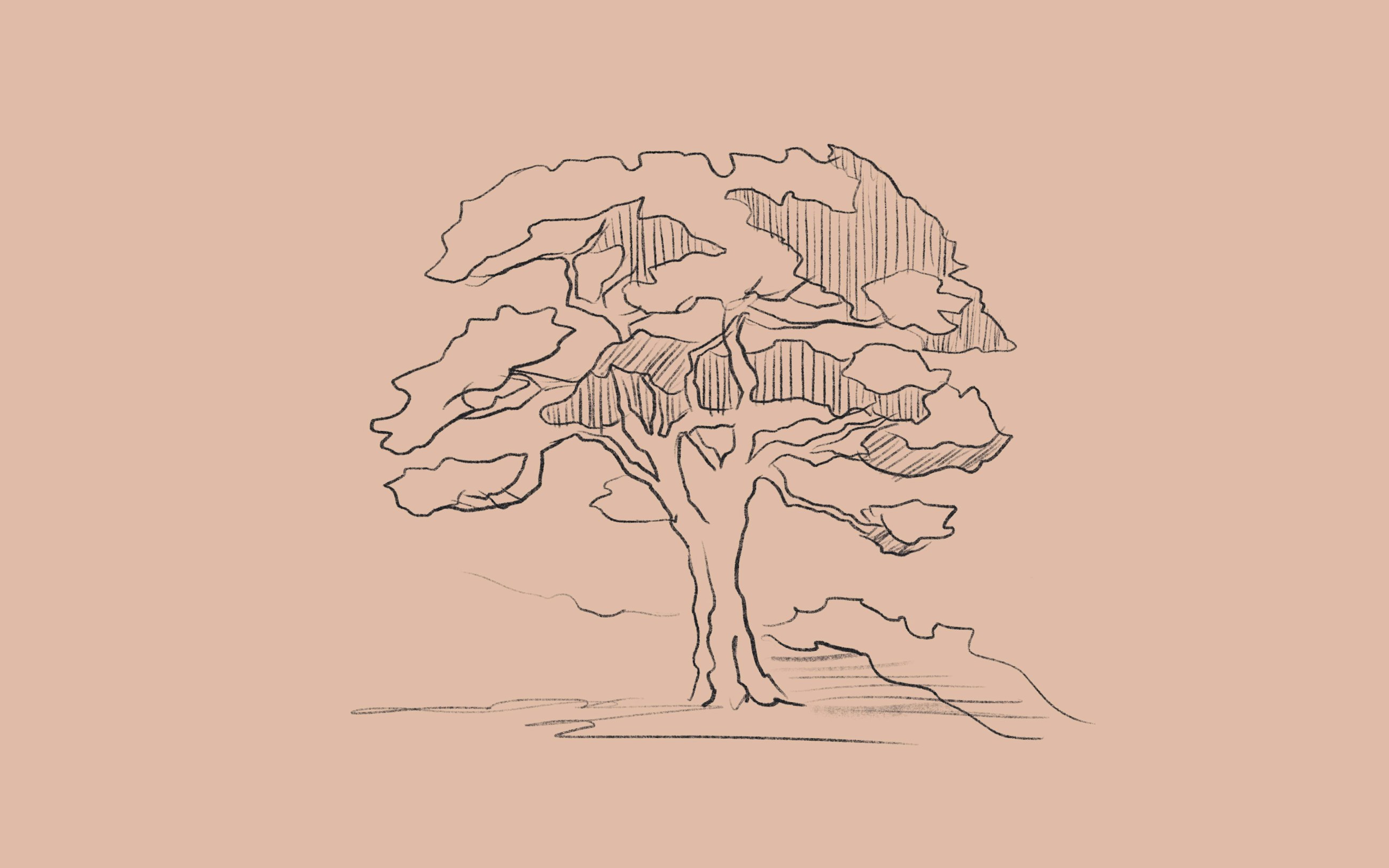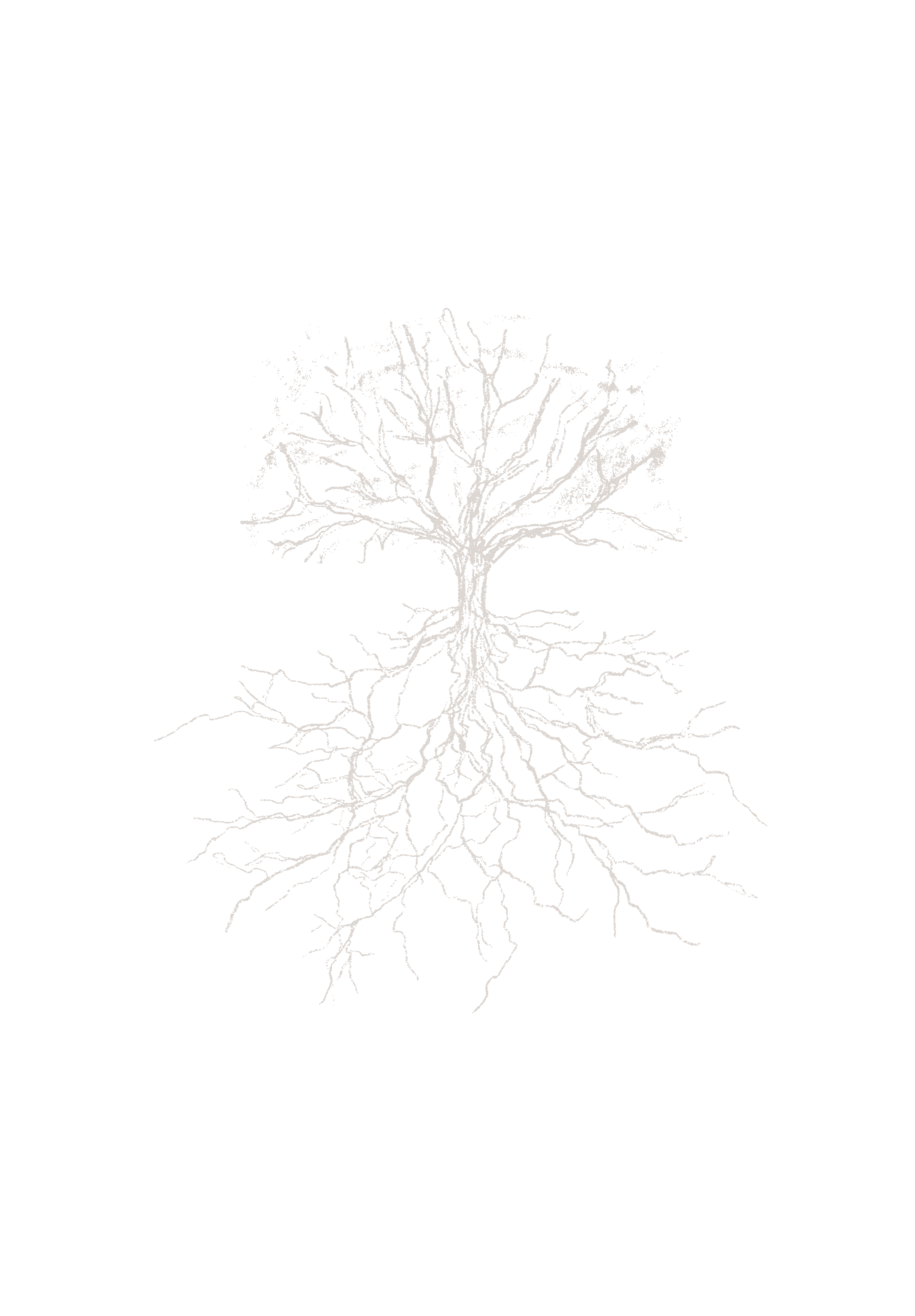Defining how to work with culture through the power of metaphor
5 January 2023
The importance of culture
“Culture eats strategy for breakfast” is on the lips of every culture-attentive persona in the organisation. It is brought to attention to state the nature of what is to be dealt with and (hopefully) also provide a sense of importance on the matter.
The quote has a weight to it. Stating the importance of attention to organisational culture and at the same time feeling that there is a need to understand why culture is such a predator on business-critical elements.
Eventually, we decided to follow up with a question whenever the quote flew through the room: “So, what does that tell us about the nature of culture?”. A curious question. Maybe spurred from provocation, curiosity and lack of an answer combined. Unfortunately, the answers we got never got to a level where we would understand culture in more detail than before.
“If we want to succeed, strategy has to align with culture.”
“Our culture will ensure that our good intentions succeed.”
“Culture supersedes the strategy. We must attend to our culture before we launch the strategy.”
“If we set the strategy at sea, we do not want a sea monster to sink it right away.”
With the notion that there may be a gap in talking about culture and understanding how to work with it, we have decided to take our explorations to its first base camp – metaphors.
Metaphors carry meaning
Humans have historically conveyed our concepts visually in order to heighten comprehension. Both through the spoken word, visualisation and conversation. For instance, consider the metaphors we use for change. Changing an organisation can be like turning a tanker around or growing a seed, or maybe you conduct a sprint. The same goes for situations that got out of hand. It can become a monster or flush us like a tidal wave. Even though no monsters, plants or ships were ever part of the initiative, all metaphors provide a picture of the otherwise abstract and a preliminary understanding of how to engage.
So, what metaphors exist for culture, and can they assist us in defining culture more clearly?
Titanic’s bane
Peter Schein described culture as an iceberg. Culture is a set of visible traits (artefacts, behaviours, practices) seen above the waterline and a set of invisible traits (norms, values, assumptions and beliefs). This metaphor provides a better understanding of what culture is, and the fact that 80% of the iceberg is below the waterline may also confirm the power of culture, when considering what it can do to inattentive captains and their ships.
Another metaphor on culture would be Sarah Soule’s description of culture being like the wind. It will either carry or break the momentum of your initiative, or a stream where sediments are left behind from each member and initiative of the culture and gain force from those who join in. Thus, the stream may alter both its force and path, but it will always leave a trail behind it, being the legacy and foundation from which the culture evolved from. As the organisation grows, the river may split into deltas. With a need to acknowledge the presence of subcultures and consequential efforts to gather the stream under shared beliefs and values once more.
Essentially, what we got from our explorations on culture metaphors is more than this article can hold, but we acknowledged that culture often had a root in the organic world, and that it was either something very big or very difficult to control, as are wind, rivers and icebergs.
So, we decided on a metaphor which would both paint a picture of what culture is and provide an understanding of how to approach it. Add to that, we wanted to have this analogy be part of a larger environment with room for storytelling.
Culture is organic
Culture is in constant evolution and connected to the context in which it exists. Just as the organisation cannot be excluded from the outer world. Culture has roots tracing back to what the organisations were founded on and is simultaneously impacted by agendas of our current time. Culture is at a different pace than strategy. It is fluid and adaptive. It will never stand still and may not ever be something we just uninstall completely for something else. Culture is organic. It has both impact on, and is impacted by, its surroundings. If it stands still, it will wither away and die. If it is not tended to, it will grow wild and may get out of hand.
Culture is, to us, a tree.
The tree
Culture as a tree is not the most original thought introduced to this paradigm. We acknowledge that. But we do see that this analogy can both help us understand our own role when working with culture and the understanding of what culture essentially is when unfolding the story.
The deepest roots
A tree’s anatomy can be described in four parts. At the very bottom of the tree, sinking deep into the soil of the earth, we have the deepest roots. The deeper roots are a foundational part of the tree; thus, they are nurtured by layers of the soil that are almost unaffected by the conditions above. The roots serve as the anchor, preventing the tree from falling over in windy conditions.
In the context of culture, the roots represent the very core of what your organisation is. The values on which it was founded and the beliefs which comprise the common narrative of what your organisation represents. The roots are difficult to alter as any intervention at this level will fundamentally change and might even kill what is growing above them. When we change culture at this deep root level, we look to the likes of mergers or complete shifts in organisational focus and contributors.
How we should approach the roots is to have a clear understanding of and respect for what they are channelling upwards. As we map the roots, we often encounter historical references, stories on how we got here as an organisation and legacy values still referred to as valid.
The upper roots
Any well-grown tree will have roots that go deep and roots that are more in contact with ground level. The upper roots are still nurtured by the soil, but more prone to the influence from upper elements.
Being in closer contact with the environment essentially means that these roots must adapt in more ways than the lower level would need to. In times of drought, the upper roots must find the scarce areas of humidity, and in times of rain the roots would have to keep the tree from drowning completely.
The culture tree
The crown
The crown represents the initiatives you need to grow right now for the values, beliefs to manifest and what the stem (leadership) is emphasising to nurture this growth. It is the guiding beacon for those who decide to invest themselves in your organisation and the crucial cross-over from a nice story on who we are to proof that we know how to walk the talk.
The stem
We look to the stem as that/those who should ensure that the below values, beliefs and emerging attentions are channelled to the right places. Often, we see leaders as being the ones pointed to to lead a culture. After all, it is well known that the perceived culture by employees is heavily defined by the actions and values of leaders. However, being a leader in modern organisations is not just by title, experience or rank. It is just as much about knowing when to step forward and take charge, state your opinion and lead by example for any member of the organisation.
The upper roots
Being in closer contact with environment essentially means that these roots must adapt in more ways than the lower level would do.
The upper roots in culture represents the emerging parts of your culture. The prerequisites for thriving under current conditions. Such emerging parts could be diversity, work-life balance, resilience and psychological safety.
The deepest roots
The deepest roots are the very core of what your organisation is. The values on which it was founded and the beliefs which comprise the common narrative of what your organisation represents. The roots are difficult to alter as any intervention at this level will fundamentally change and might even kill what is growing above them.
The upper roots in culture represent the emerging parts of your culture. The prerequisites for thriving under current conditions. As this article is being written, such emerging parts could be diversity, work-life balance, resilience and psychological safety.
Consider how these roots have been affected by recent events in time. In 2019, the world faced a pandemic lasting 2+ years, then a recession, a remote work agenda and a continuous effort to globalise teams.
All would require the organisational culture to adapt. For the upper roots to channel meaning while adhering to circumstances. Furthermore, the two layers of roots still must align. Otherwise, the tree is not healthy. If the deeper levels are channelling values of individualism, but the upper parts are resonating trust and equality, then these may conflict with each other.
The stem
The stem of the tree is what initially defines the tree as being a tree. It is the visible and approachable part of the tree, thus making it prone to outside factors to a high extent. The stem is also the most protected part of the tree. A thick bark and hard core often make for an impenetrable barrier for most efforts. What is so fascinating about the stem is that all the nutrients collected below (and above) are channelled through here. It is a link between the visible and the invisible. If the stem is cut, then the tree will be no more. Call it a powerline, a nerve, a vein etc.
In culture, we look to the stem as that/those who should ensure that the below values, beliefs and emerging attentions are channelled to the right places. Often, we see leaders as being the ones pointed to to lead a culture. After all, it is well known that the perceived culture by employees is heavily defined by the actions and values of leaders. However, being a leader in modern organisations is not just by title, experience or rank. It is just as much about knowing when to step forward and take charge, state your opinion and lead by example for any member of the organisation. With this notion, we have defined the stem as being “leaders”, but in a more modern term. Knowing how to act and on what principles is the connection between the roots and what is channelled through the stem upwards.
The crown
At the top of the tree is the manifestation of what is both nurturing the tree, what is channelled through the stem and essentially; what gets to grow. The crown is the landmark, the navigation point, the most impactful part of the tree on its surroundings. The crown will cast its shadow on the ground, keeping other things from growing as fast and let light shine through to let other areas blossom. The crown is in constant development, growing fast or slumbering in.
In culture, the crown represents the initiatives you need to grow right now for the values and beliefs to manifest and what the stem (leadership) is emphasising to nurture this growth. It is the guiding beacon for those who decide to invest themselves in your organisation and the crucial crossover from a nice story on who we are to proof that we know how to walk the talk.
How to work with culture
By applying a metaphor, we are looking to depict a way of both working with culture and understanding our own role as culture facilitators. The approach would tell us that we need to understand what is at the deepest level of the roots. The foundational contents on which the organisation is established. These values and stories may or may not be as visible on a day-to-day basis, but they may still be the foundation on which we need to start a cultural movement.
As we have established the foundation, we need to acknowledge that there are emerging themes which both influence and are influenced by the environment. These themes should connect with the foundational values and push an agenda for what the organisation should represent in the near future.
Thirdly, we need ambassadors. The doers, thinkers and essentially owners of culture. Our simple approach is to create and engage “leadership” on the matter. Allowing for interpretation of the cultural themes and with constant attention to what grows. Eventually, our culture tree will grow at the top. New initiatives will appear, and the culture will be connected to what is most crucial: behaviour.
Our own role – and your role as responsible for culture – will become that of a gardener. You tend to the tree. See to it that the soil is nurtured the right way, that what grows at the top is aligned with what is channelled from deep beneath. You may need to cut and trim now and then, maybe even change your fertilizer. We must be the ones who are constantly mindful of whether the culture we are growing is aligned. Are the values valuable (or just words on a wall)? Are the behaviours facilitated in a constructive way (or misguided)? Is what is growing critical to our business and strategy? What is it preventing from growing around it, and what is thriving in its presence?
The culture tree grows with vigour and impact. When tendered to it will support our strategy and business to a greater extent. But it will take effort, and it will require you to pick up the gardening hose and get your fingers in the soil.
Space for reflection
As we are exploring culture further, we propose a couple of reflections for you to consider and discuss with peers:
- What is my metaphor on culture, and how is it influencing my understanding on how to work with culture?
- If the tree holds true, what is channelled from the roots, through the stem and is currently growing?
- Is it deliberate what grows?
- Will one tree be enough to describe our organisational culture?
Follow along as we explore the concept of culture even further.






